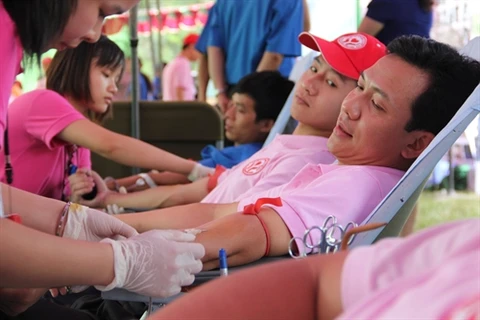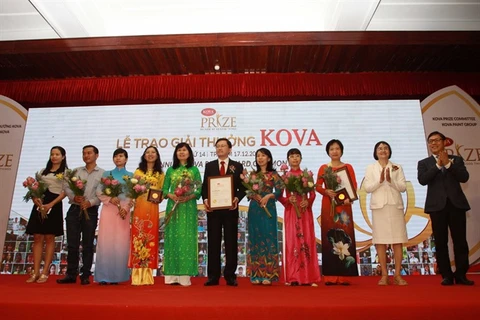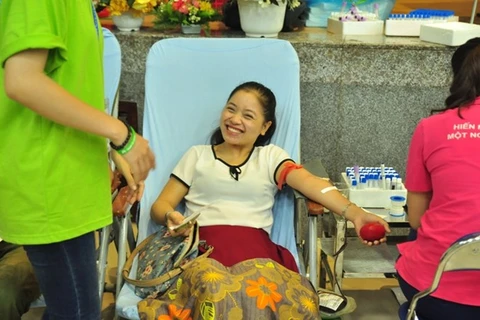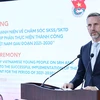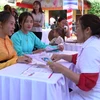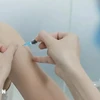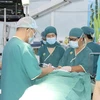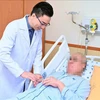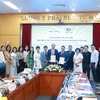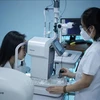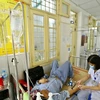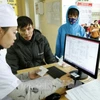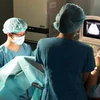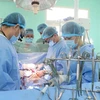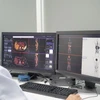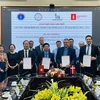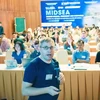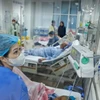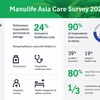Hanoi (VNA) – In the past, the shortage of blood donors and the doubtful safety of blood and blood products made it a struggle to meet the demands for blood transfusions in medical emergencies and treatment. However, the situation has largely improved in recent years.
A decade and a half ago, in 2003, the National Institute of Hematology and Blood Transfusion (NIHBT) received a meagre 32,134 units of blood (each unit 350ml), 73 percent of which was from professional blood sellers. The national rate was roughly the same.
In addition, screening tests for hepatitis B, hepatitis C, and HIV in the blood used dated technology. Immunological safety in the blood units was virtually non-existent due to limitations in the machinery and technology and the prohibitive cost of importing foreign materials.
The shortage of blood donors and the doubtful safety of blood and blood products made it a struggle to meet the demands for blood transfusions and blood products for emergencies and treatment.
New development
However, over a period of 12 years, from 2004 to 2015, NIHBT received some 1.5 million units of blood and produced 2.7 million units of blood products on an industrial scale.
In 2015 alone, the institute received 252,000 units of blood, eight times higher than two years before. The most significant change was that nearly all of the blood received – 98.3 percent – came from voluntary blood donors, translating to a jump of 71.3 percent compared to 2003. In 2016, the amount of blood units received rose 10.6 percent to 280,765 units.
The blood received met the demands not only for patients in the cities and big urban centres, but also for the more remote areas, upland regions, islands and border regions. Awareness raising campaigns have been a central part of the success, together with models like "Live Blood Bank" and "Rare Blood Donors Clubs", to ensure a sustainable supply of blood donations.
“Had it not been for the blood donation campaign, my wife wouldn’t have received enough blood and couldn’t have survived.” said Lau Nhia Cha, a farmer from the H’Mong ethnic group. His wife was the first patient to receive a successful blood transfusion in a mountainous district in the northern province of Điện Biên.
Enhanced safety measures
Nguyen Anh Tri, Director of the NIHBT, said the institute has researched and proposed to the Ministry of Health adopting the Nucleic Acid Testing (NAT) technique to “better detect HIV, HCV, HBV in a shorter time.”
He said implementation of NAT screening would “open a whole new chapter for blood transfusions, helping ensure a safe, timely, and sufficient supply.”
Among the most important technology the institute has recently mastered is the production, storage and supply of A Vietnamese red blood cell sample panel that aids in screening tests and identifying abnormal antibodies that attack red blood cells. The entire process can be done domestically, bringing down costs, expanding its use to more areas, and helping to ensure the immune safety of blood used in transfusions.
Paul Rogers, an expert from the World Health Organisation, two years ago, has lauded the institute’s “major change in experience and capabilities” and the effectiveness of its national blood donation programmes.-VNA
VNA

